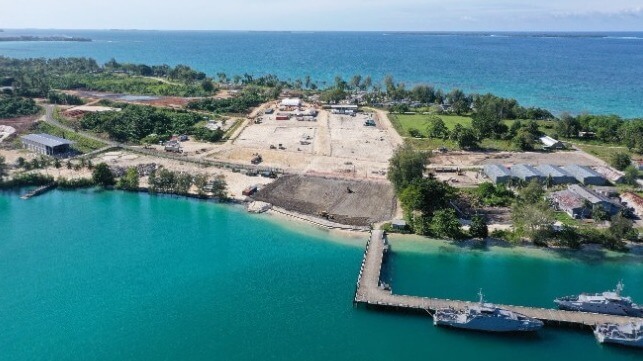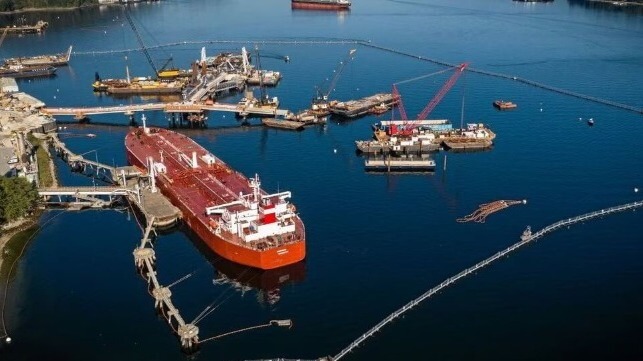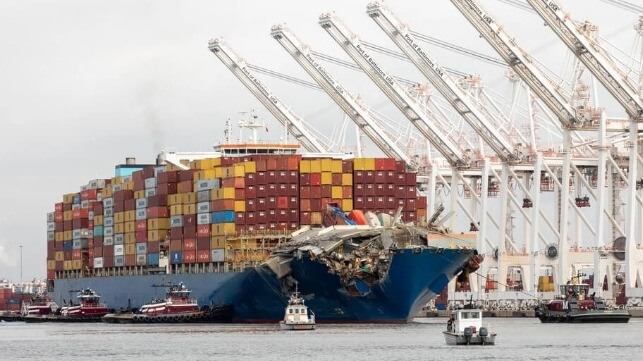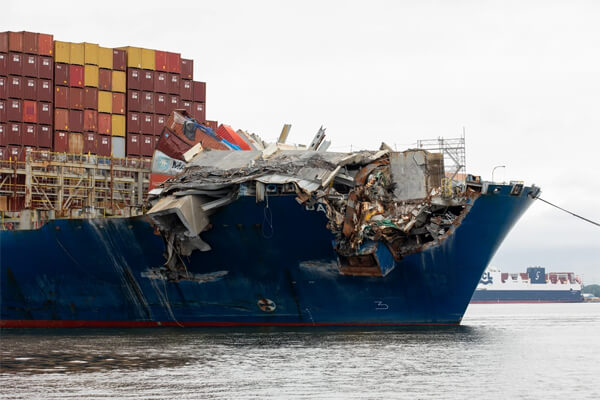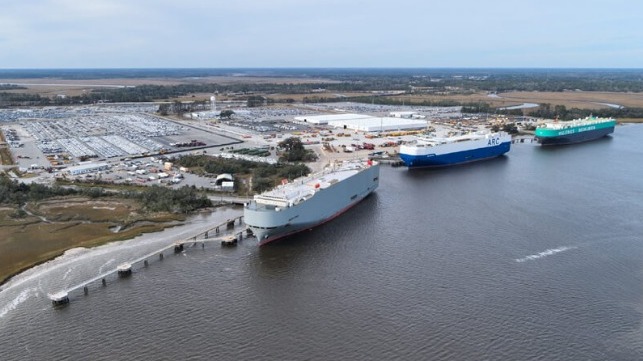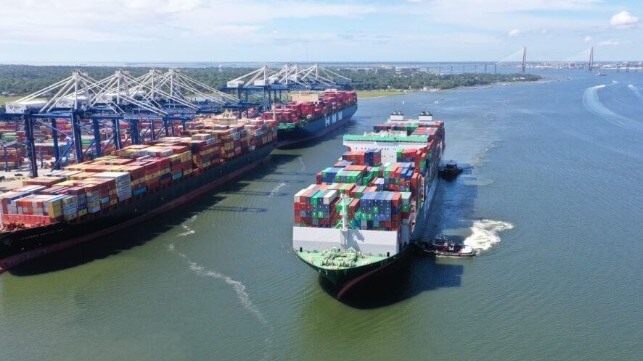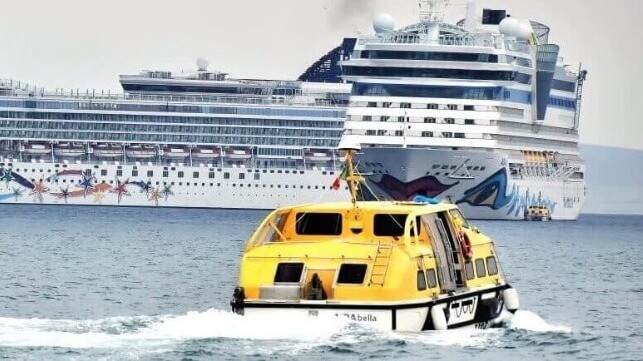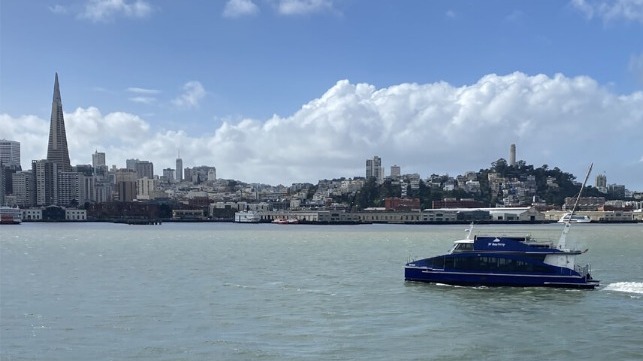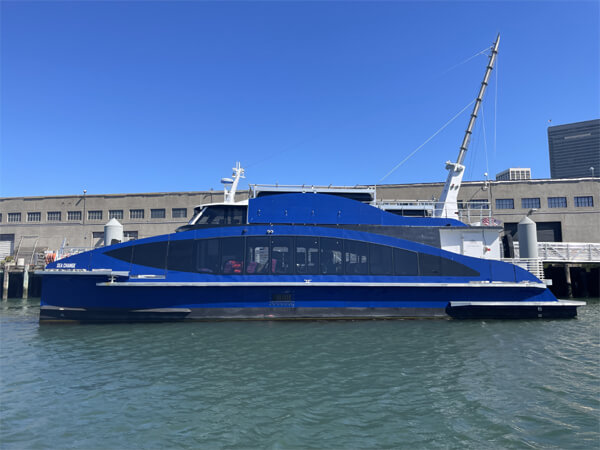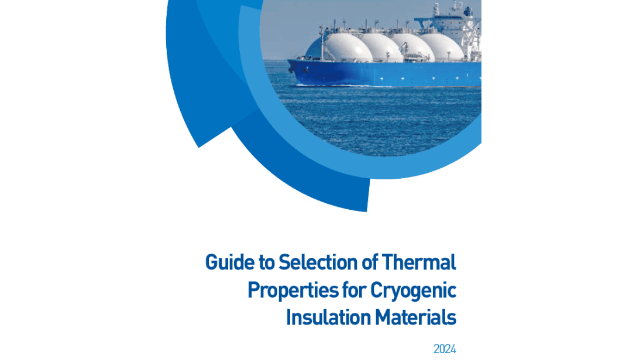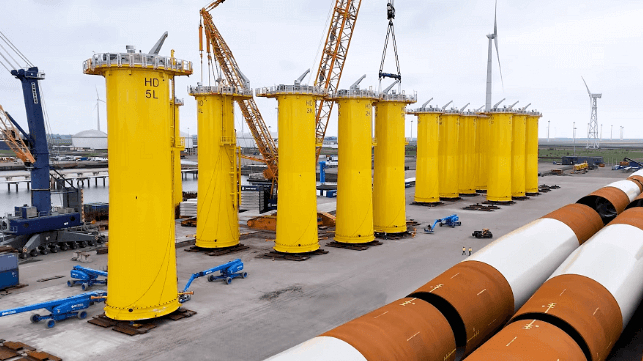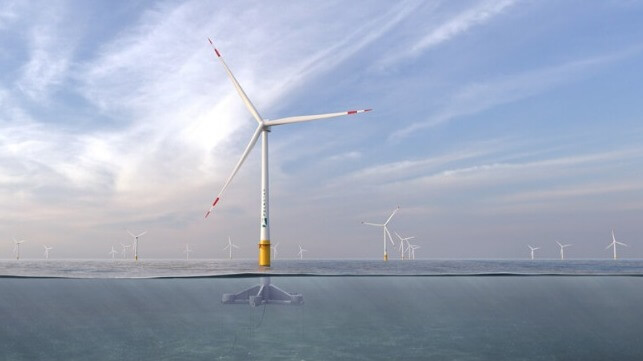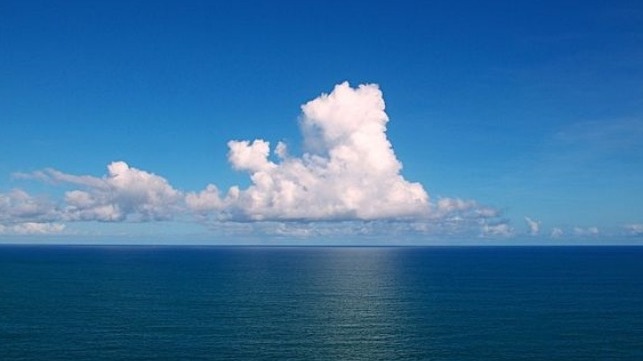Judge Throws Out Five "Fat Leonard" Convictions Over Procedural Failures
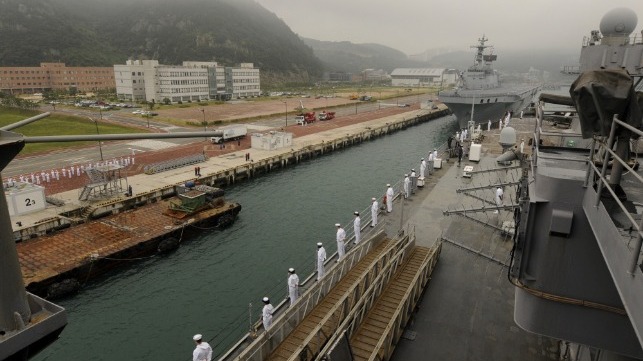
A federal judge in San Diego has vacated the convictions of five former Navy officers who admitted to taking bribes from Leonard "Fat Leonard" Glenn Francis, the notorious founder of Asian ship husbandry firm Glenn Defense Marine Asia (GDMA). By his own account, Francis corrupted countless U.S. Navy officers, enlisted sailors and civilian employees in 7th Fleet in order to steer business to his company and overcharge for his services. The scandal reached all the way up to flag rank level, and secured more than $30 million in illicit income for Francis at taxpayer expense - all at a low cost for GDMA, rarely exceeding more than five figures per officer.
The vast majority of the hundreds of personnel who were investigated in the scandal were never charged in civilian courts, but federal prosecutors selected three dozen cases for trial. With Francis' testimony and documentary evidence from email communications, they secured guilty pleas from the majority of the defendants. However, last year a federal judge found that prosecutors engaged in "flagrant misconduct" by failing to provide relevant information to the defendants' lawyers.
On Tuesday, five of the GDMA felony convictions were tossed out at the request of a new team of federal prosecutors. The request was intended to fix a procedural failure and ensure the integrity of the criminal justice system - not because the facts of the case were in doubt, but because the officers who pleaded guilty were not provided with all the information they were entitled to receive from the prosecution. The procedural error means that the defendants who have pleaded innocent will likely never be convicted, so prosecutors determined that in the interest of justice, the men who had already pleaded guilty should also be allowed to walk free.
On Tuesday, a judge accepted a new plea deal for three officers who had previously admitted to felony crimes for accepting bribes, and allowed them to plead guilty to a misdemeanor charge instead. In addition, the judge dismissed all charges against Capt. Stephen Shedd, who had told investigators that he had accepted prostitutes, watches and luxury vacations from Francis in exchange for secret information. Shedd pleaded guilty in 2022 and testified on the stand that he was a traitor who "deserves prison," but asked the court if he could reverse his plea after the allegations of prosecutorial misconduct came to light last year.
The setback was the latest turn in a decade-long courtroom drama involving allegations of bribery, mishandling of classified information, fraud and indecent behavior. The plot details have been worthy of a television drama: in addition to the stories of wild parties and deep-rooted corruption, Francis added his own coda to the tale when he escaped house arrest and fled to Venezuela in 2022 - only to be captured and returned to the U.S. in a prisoner exchange.
"The information [the officers] had was priceless, and they just sold out for cheap," Francis told a documentary filmmaker before his escape. "There's a lot more to it than what I've put out there, because if I'm double-crossed, that's what's going to come out."
